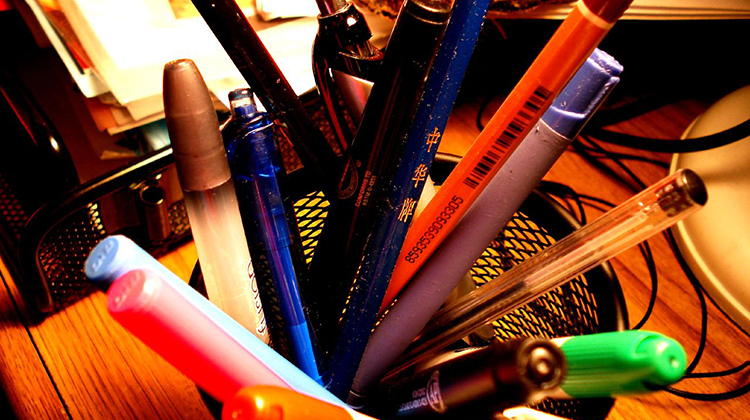Handwriting vital to literacy

Despite a tech heavy education sector good old fashioned hand writing is looking to be an essential part of learning and a shift to paperless schools does not have strong empirical research to back it.
A recent study has investigated the links between handwriting and other literacy skills in young children, finding that handwriting automaticity, or fluency, predicted writing quality and reading skills a year later.
Dr Anabela Malpique of Murdoch University and Associate Professor Deborah Pino Pasternak of University of Canberra conducted the study, which involved 154 students and 24 teachers across seven Perth schools. They wanted to understand the effect handwriting automaticity has on children’s later literacy skills.
“A growing body of research argues specific cognitive benefits of handwriting during early childhood, including brain development, working memory, translation of thought-to-script, and overall writing quality and production,” Dr Anabela Malpique said.
While it might be tempting to dismiss the importance of handwriting as simply cosmetic, handwriting in fact underpins many higher functions of writing. The researchers note that poor handwriting automaticity hinders vocabulary selection, ideation and revision, while also affecting motivation, writing development and, in turn, academic success.
The researchers note that their study’s findings, well aligned with recent neuroimaging studies, question the empirical foundations of digital only efforts in schools today. In a time when handwriting is being replaced by digital writing devices, research is showing that such a move could be counterproductive.
Of particular concern to the researchers were the teaching practices reported. Year One students spent less than 50 minutes per day practicing writing, which is the minimum recommended, while across the board there was great variability in the time students spent on writing. Writing time and instruction ranged from 30 to 120 minutes per week.
The researchers also note that Australian teachers may be focusing too much on basic skills rather than teaching writing processes such as planning for writing and learning strategies to revise the quality of their texts.
“This may be problematic since research with primary students suggests that writing instruction in early education should include the teaching of basic writing skills and the teaching of writing processes in the same instructional protocol.”
The researchers were assisted by Dr Magda Sofia Roberto, their statistical consultant.
Anabela Malpique, Deborah Pino-Pasternak, and Magda Sofia Roberto. 2019. Writing and reading performance in Year 1 Australian classrooms: associations with handwriting automaticity and writing instruction. Reading and Writing. DOI: 10.1007/s11145-019-09994-z. Publishers Springer have provided free access to this article.
Image by mikelao26 under flicr cc attribution license